“No one remembers who climbed Mount Everest the second time”
-Sir Edmund Hillary
This is the third iteration of the Smiths Everest (model reference: PRS-25) wristwatch. The first was a little larger at around 40mm across. The second was smaller, at about 36mm, with a sapphire crystal.
This new model retains that size, albeit with some minor tweaks to the hands, a new bracelet and a revised movement. Will the third Everest attempt be remembered?
Let’s lace up the horological crampons and find out…
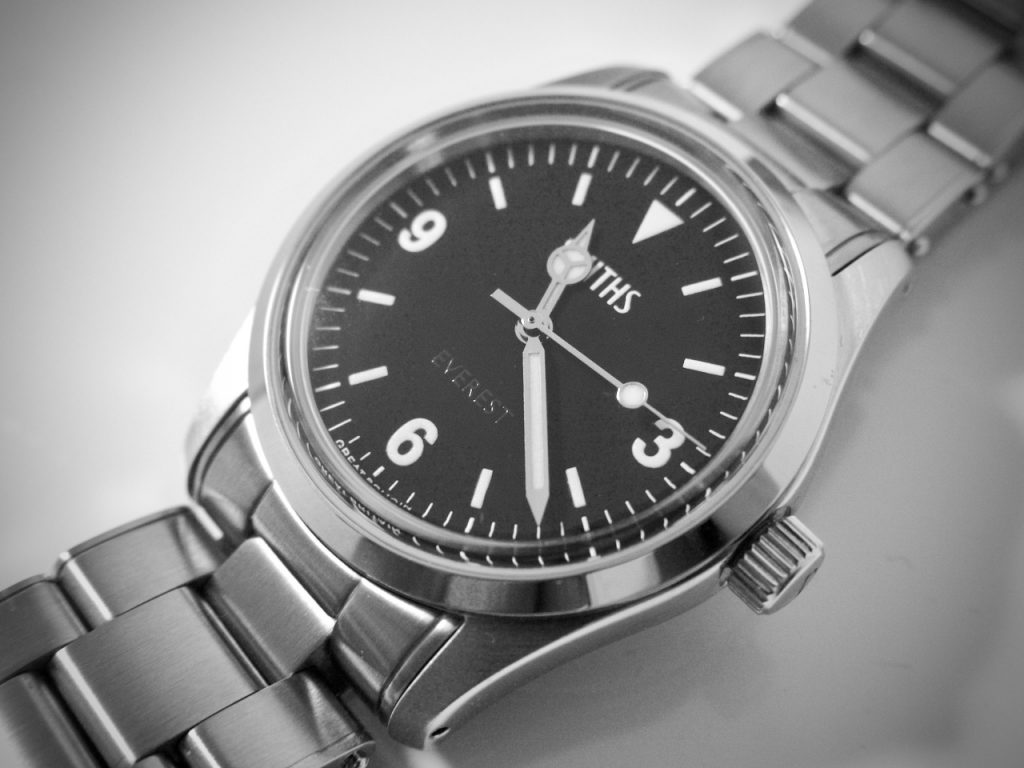
If anyone recalls an association between watches and Mount Everest, it’s probably another brand that ascends to mind first…
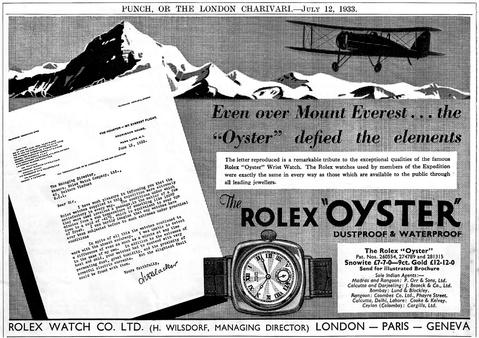
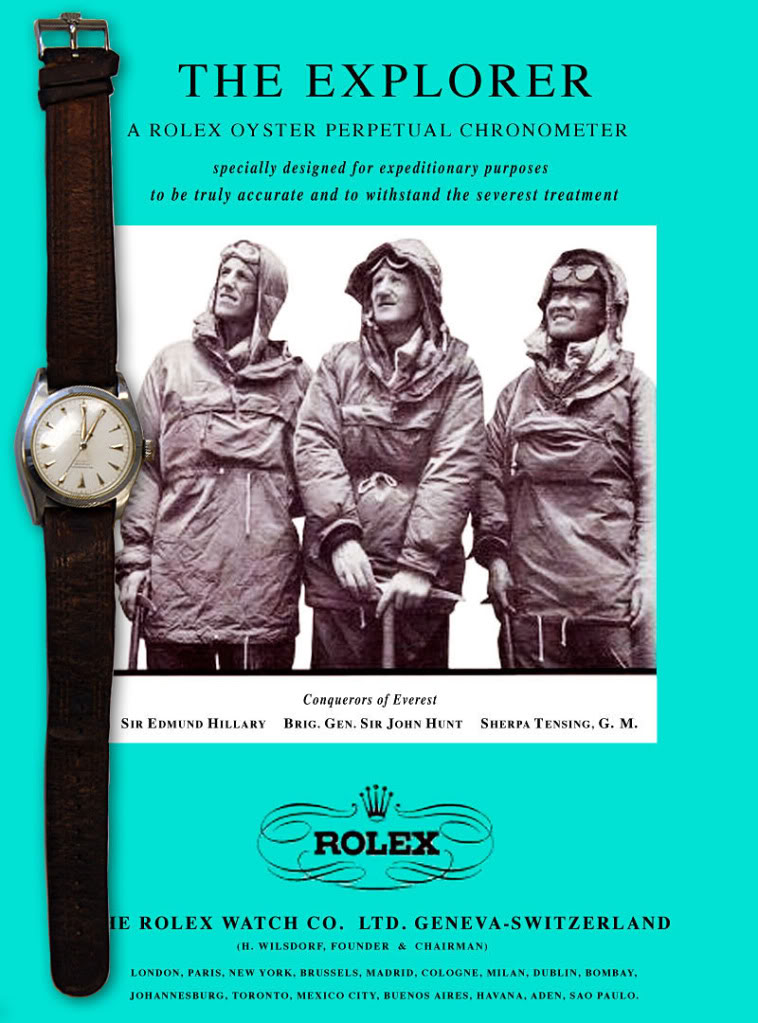
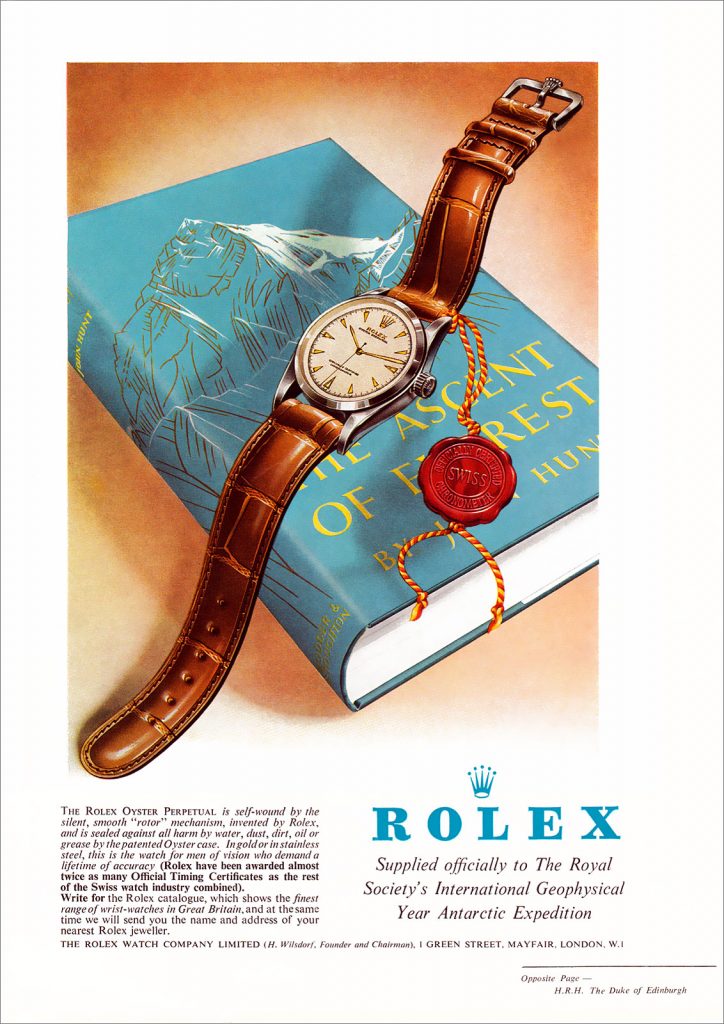


… I am sure you get the picture.
Rolex is associated with Everest.
Less well known, perhaps, is that Hillary’s own watch (as opposed to the thirteen Rolexes supplied to the Expedition) was a Smiths:

Rolex maintain the mountaineering association today with their Explorer models, the very name evoking daring exploits and adventure:
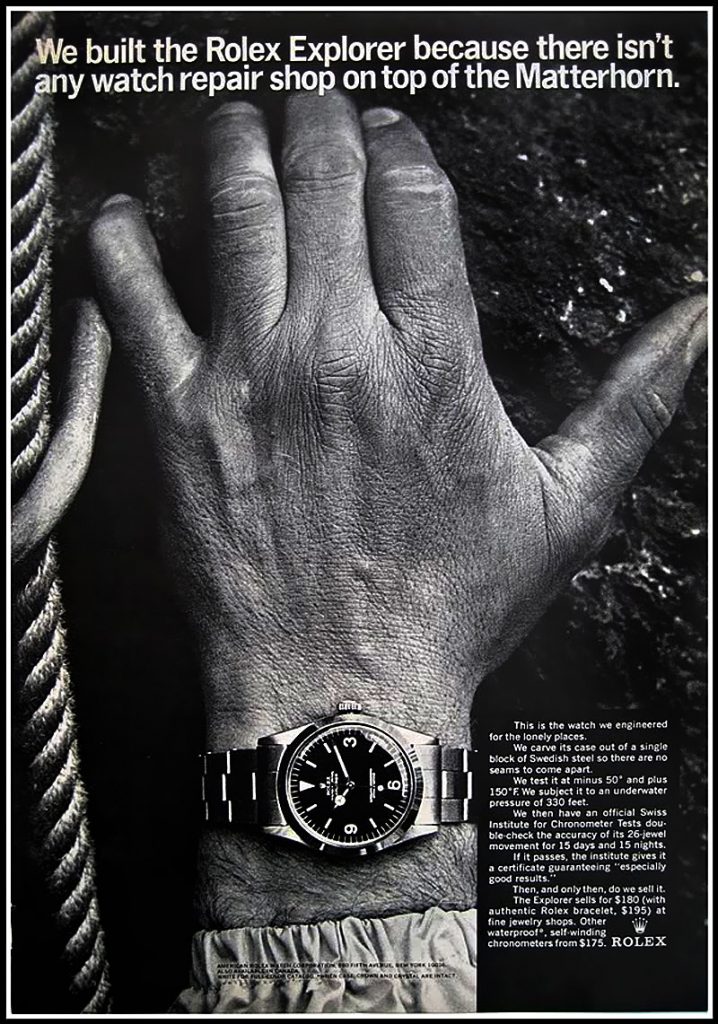
There’s no doubt Rolex know how to advertise. Their marketing is superb. This is not a criticism.
Back to Smiths…
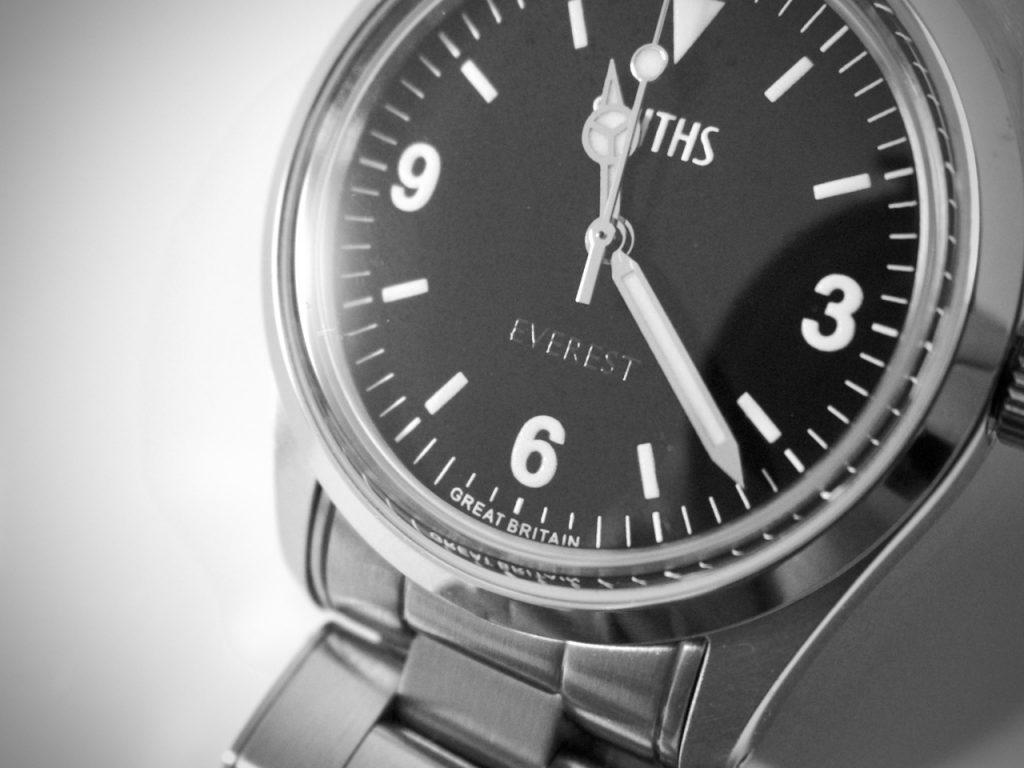
Smiths, the original English company, no longer makes watches. The rights to using the name for timepieces are now held by Timefactors, an internet-only watch business based in Sheffield, England.
“Internet-only” doesn’t raise an eyebrow today, with major Swiss brands offering online sales and hundreds of so-called “micro brands” available too. Anyone who can fund the minimum order quantity for one of the many Chinese watchmaking subcontractors may have a design made and be marketing themselves online in minutes.
Though in many instances, “minutes” seems to accurately reflect the time spent on those designs. Often using generic cases, bracelets and hands. The only differentiators being the name on the dial and the copy on the inevitable blovial Kickstarter page.
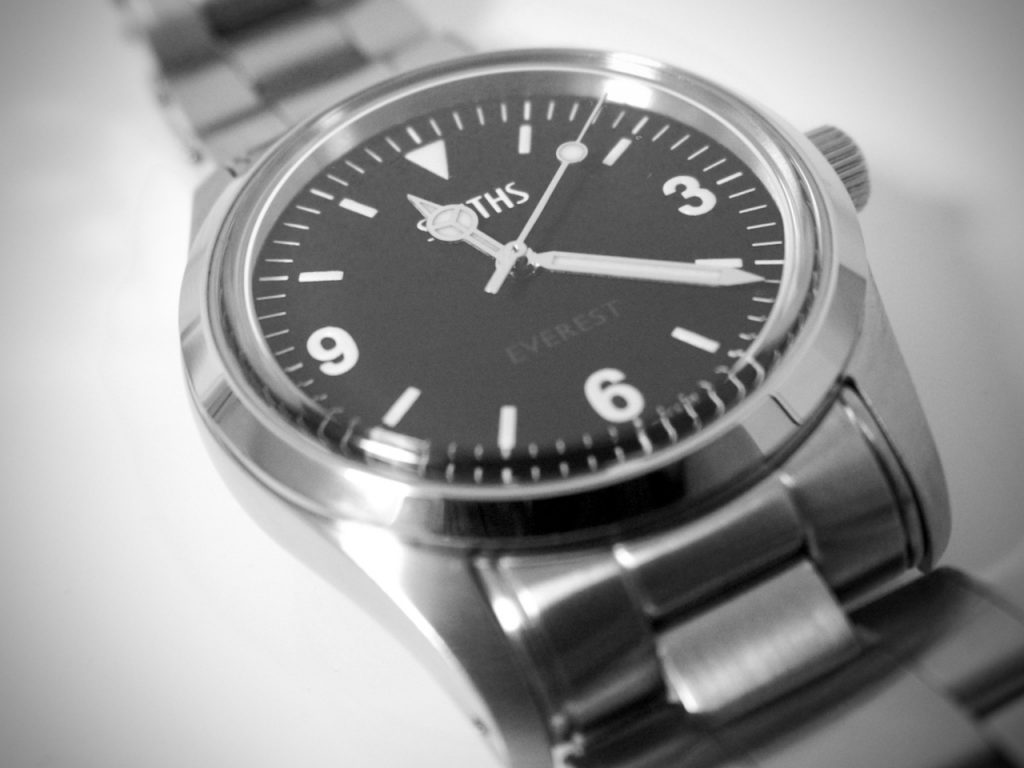
By contrast, Timefactors’ designs may take a year or more to bring to fruition. Generic parts are not used. Each aspect is shared, discussed and debated with knowledgeable watch aficionados on the Timefactors’ forum.
Timefactors has been in business online since 1996, a time when Amazon sold only books and Google (est. 1998] didn’t yet exist. This was long before social media platforms such as Facebook (est. 2004) and Instagram (est, 2010) gave life to the many micro brands, influencers, vloggers and enthusiasts that populate the watch world today.
Those twenty four years of feedback and success confer upon Timefactors alone the online patrimoine equivalent to a Vacheron Constantin, Patek Philippe or Breguet.
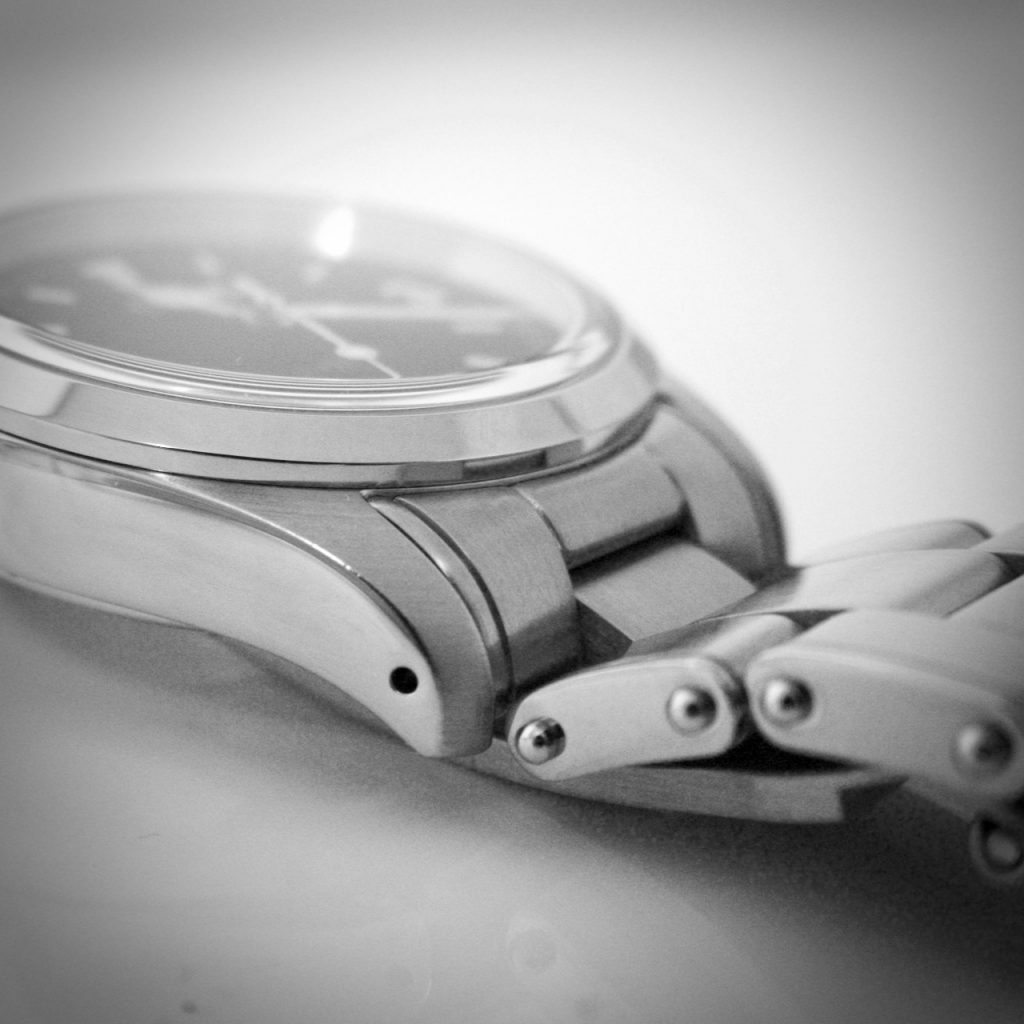
After that trek through history to the Explorer basecamp, let us push onwards to the summit, the Timefactors Everest PRS-25.
It is clearly an homage to the Rolex Explorer, but given the provenance noted, one that has every reasonable claim to carry the words Smiths and Everest on its dial.
Unlike the Rolex Explorer, which in current offering is rather large (39mm or so), the Smiths is a more reasonable 36mm, very similar to the original Rolex Explorer 1016:
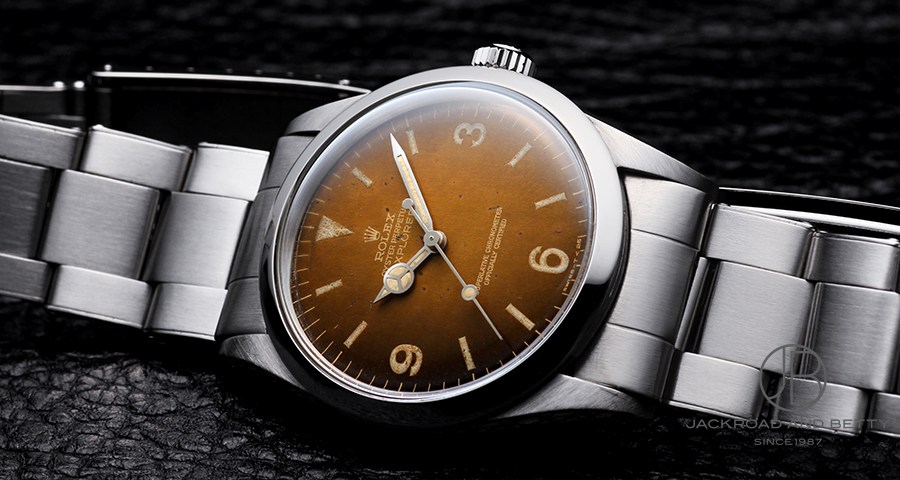
The Smiths shares the 3-6-9 dial, Mercedes hour hand and oyster-style case. The hour markings and hands are highlighted by SuperLuminova, glowing green at night.
This latest iteration comes with a “rivet” bracelet fitted to the 20mm lugs, tapering down to 16mm, similar to the ones fitted to those early Explorers:
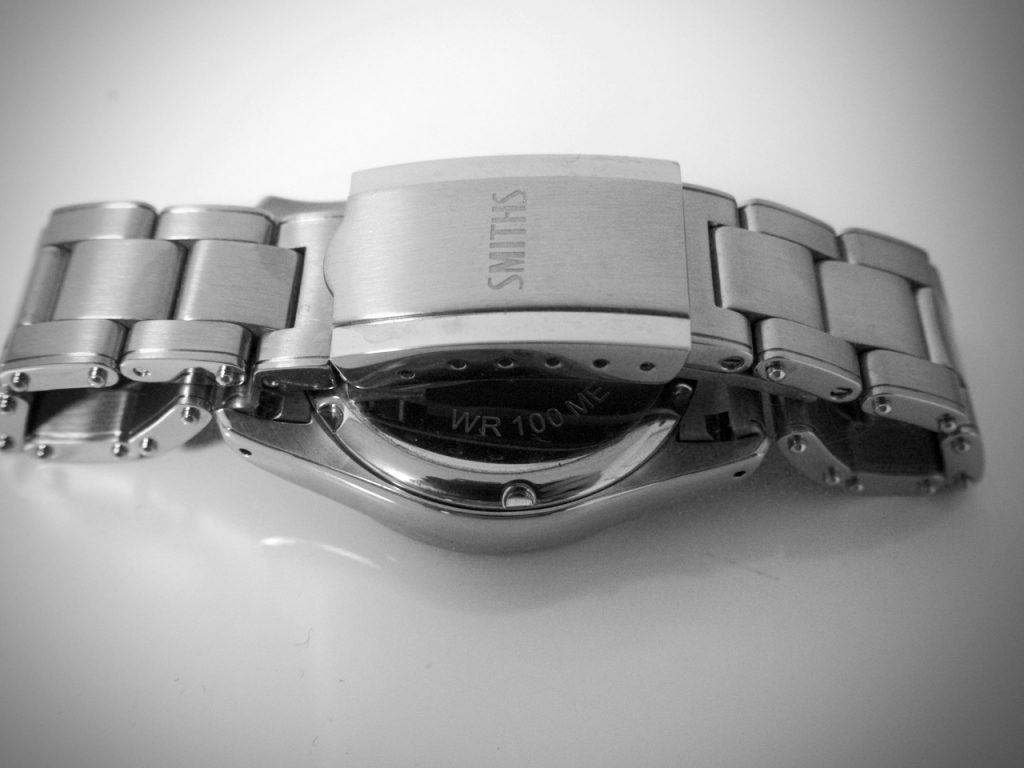
The bracket links are held in by screwed bolts, and the clasp is machined (not stamped) with 5 holes for small adjustments:

The end links are solid, not pressed, and the familiar curved case is well finished. The crown is a screw-down type and signed with the Smiths’ “S”:
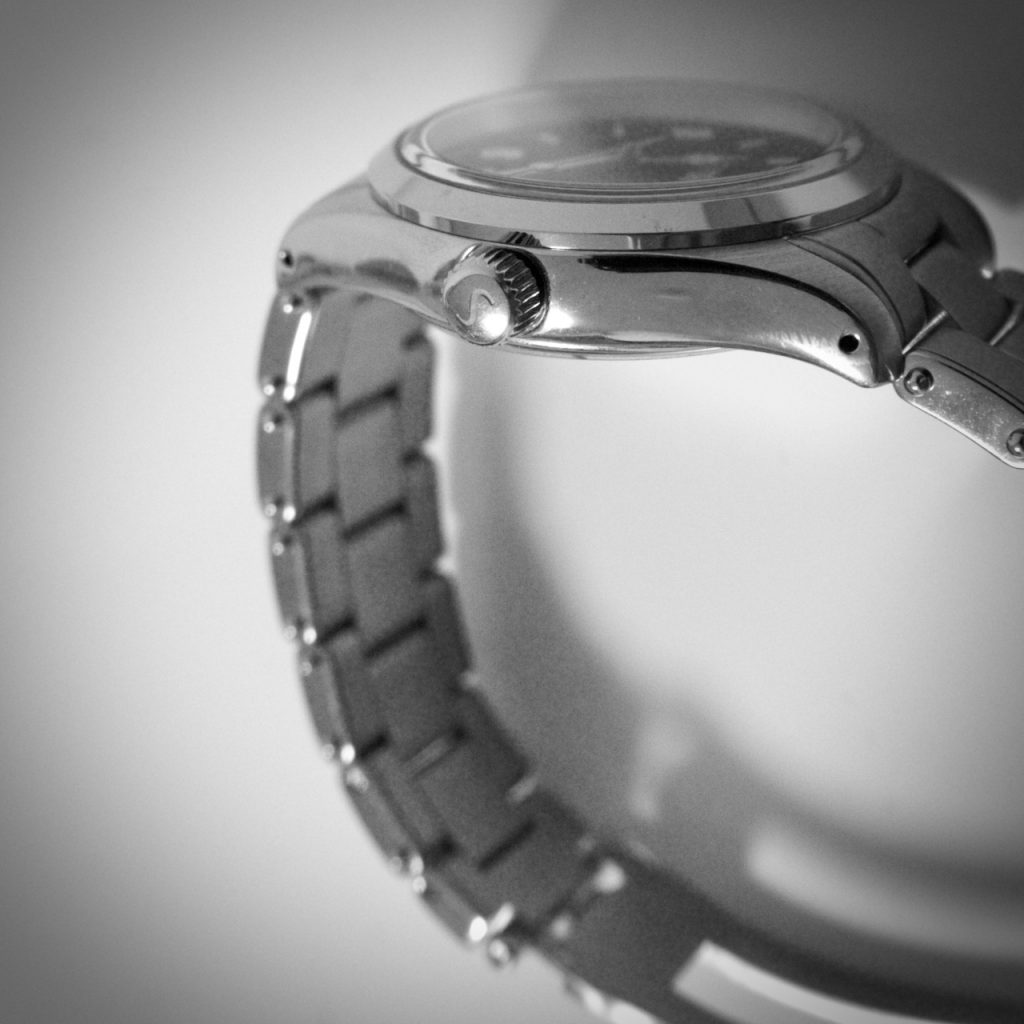
The movement inside is the modern (released in 2018) 24-jewel Miyota premium automatic calibre, reference 9039, with a power reserve of 42 hours. Miyota is named after the town in mountainous Nagano, Japan, where parent company Citizen Watch established the factory in the late 1950s. Miyota movements are still made in Japan, with Japanese parts.
A used Rolex Explorer 1016 as shown a few images above, costs from around $20,000 and up. The one actually pictured is being offered at close to $40,000. For that, you get a lovely antique watch from 1966, with a plastic crystal, exhausted lume, pressed end-links and a stamped clasp.
There is a market for such things, but even putting aside the value, a watch more than half a century old is perhaps no longer the wisest choice for daily adventures.
The Smiths Everest PRS-25 with modern upgrades such as the sapphire crystal, long-lasting lume and solid bracelet, costs £325 (~$400) new, including a 2-year worldwide guarantee. This is less than the cost of a Rolex service.
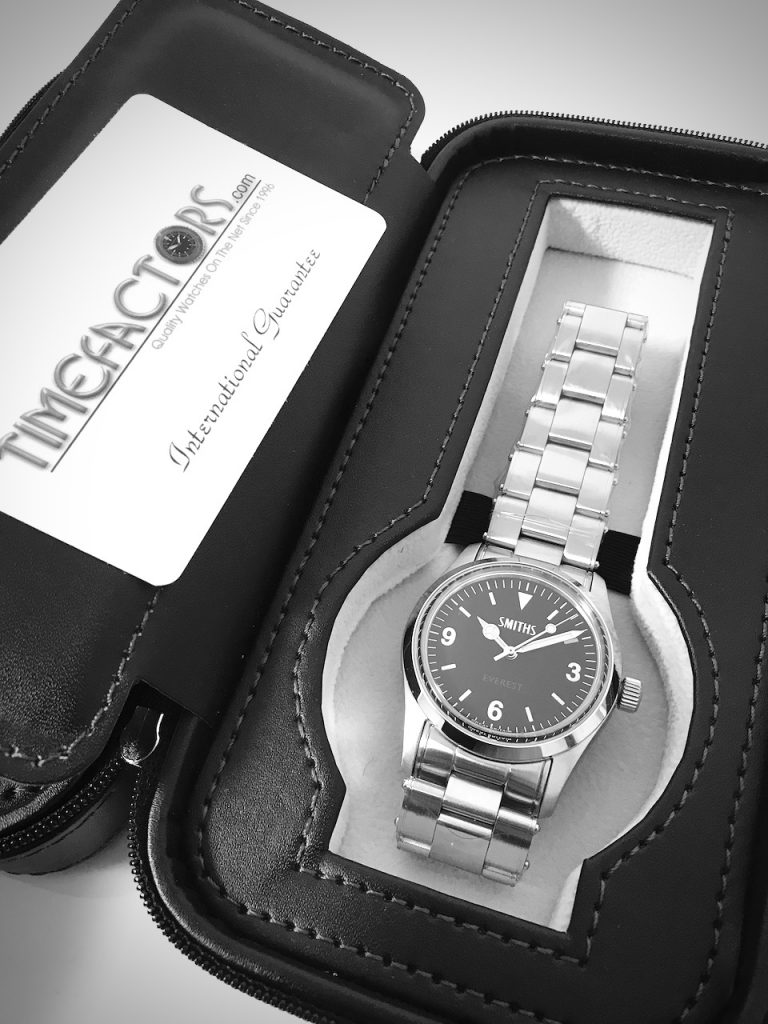
Timefactors’ online shop opens sporadically, usually once a month, the proprietor only accepting as many orders as he can ship in that month.
It is prudent to sign up for the notification email list if you are interested, as often models sell out quickly.
Finally, 36mm is not the current fashion for mens wristwatches. Many watch enthusiasts, especially those used to dive-style pieces with rotating bezels, come to believe that “~40mm is the sweet spot”.
This is understandable, but ignores the impact of not having a rotating or large bezel. The dial on my 40mm Rolex Sea Dweller 16600 for example, is just 29mm wide. For a watch without a thick bezel, 36mm is entirely wearable:
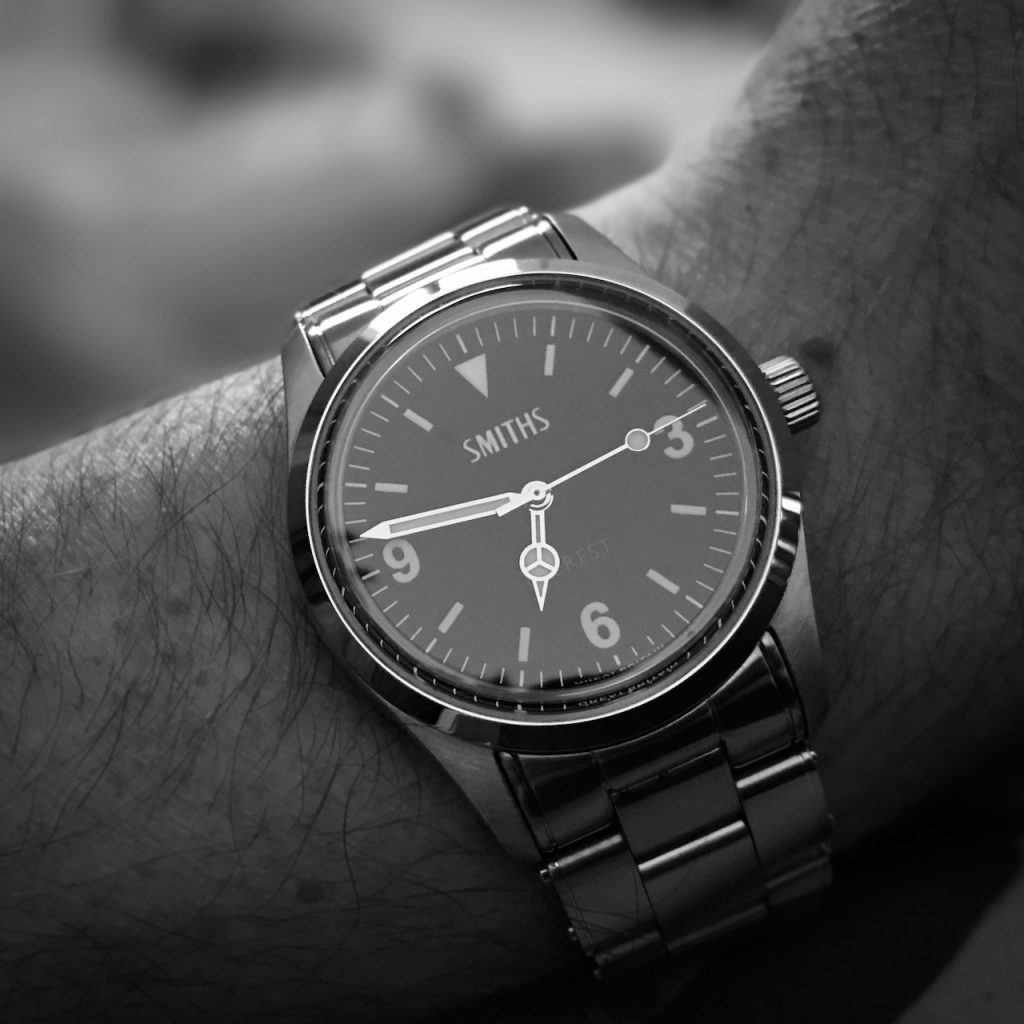
The Smiths is perfectly proportioned. Even the Everest text is discreetly printed.
This isn’t the watch for a man who needs to proclaim his achievements loudly. The Everest may suit any man inclined to adventure, but the adventures of a gentleman in particular.
Which brings us back to Hillary.
He once remarked that “the really good mountaineer is the man with the technical ability of the professional and with the enthusiasm and freshness of approach of the amateur“.
One might say the same of the really good watchmaker.
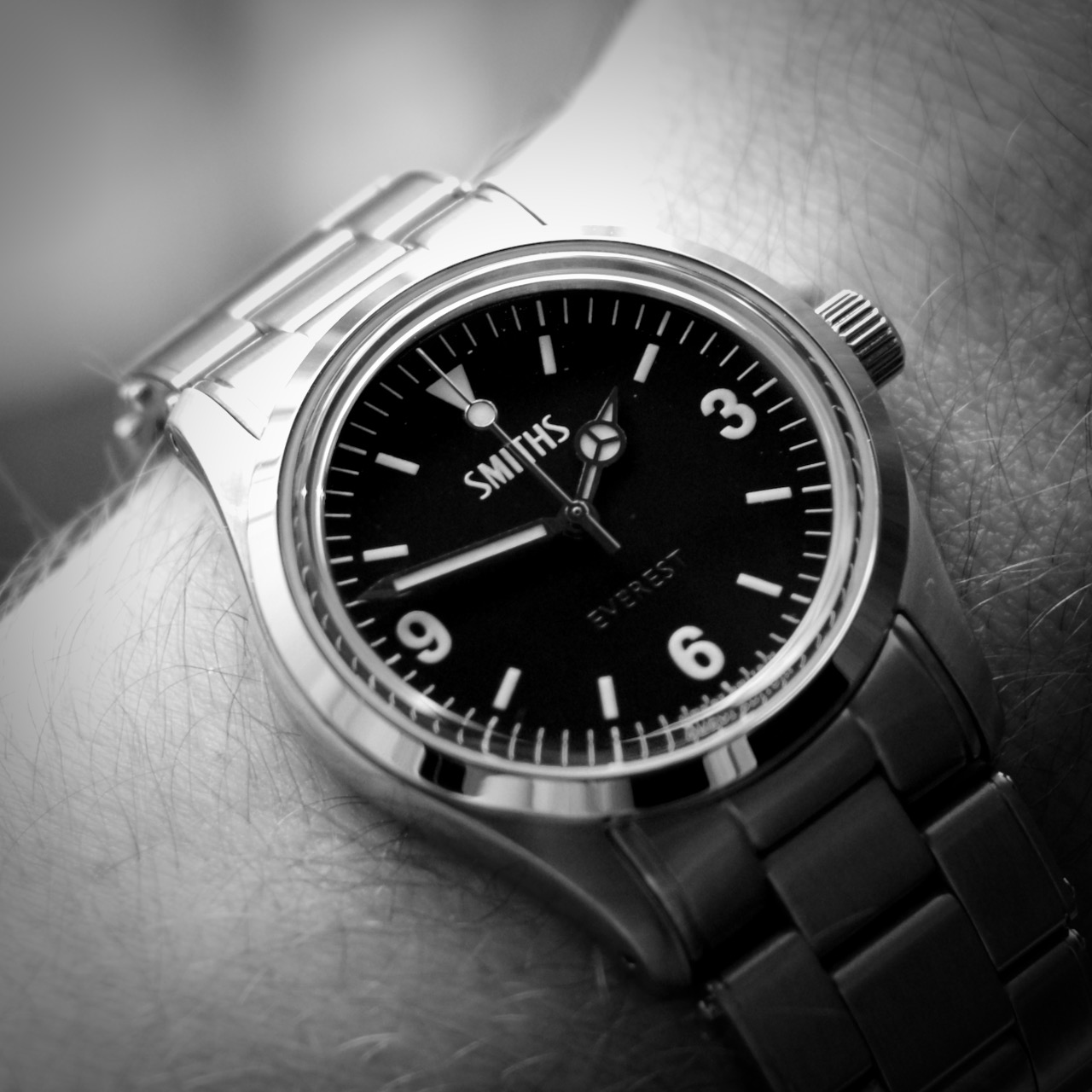

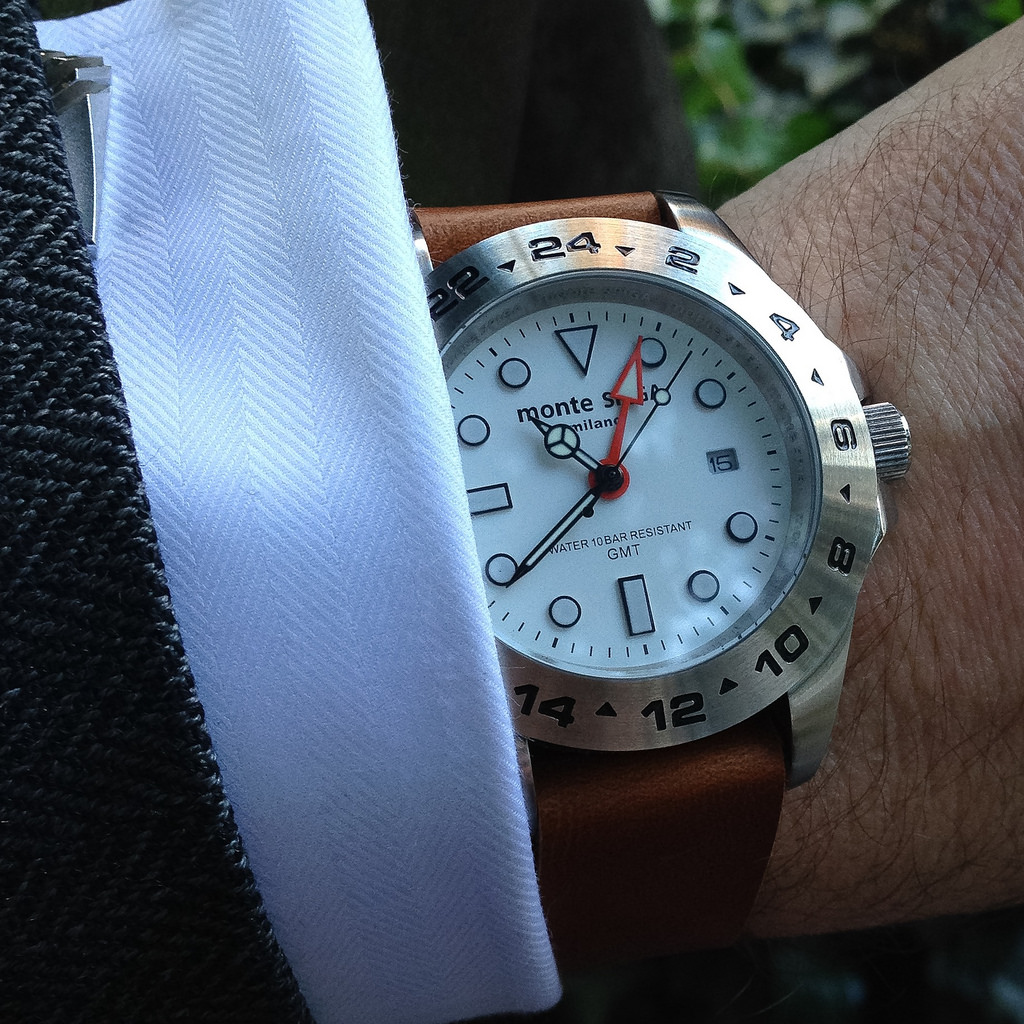


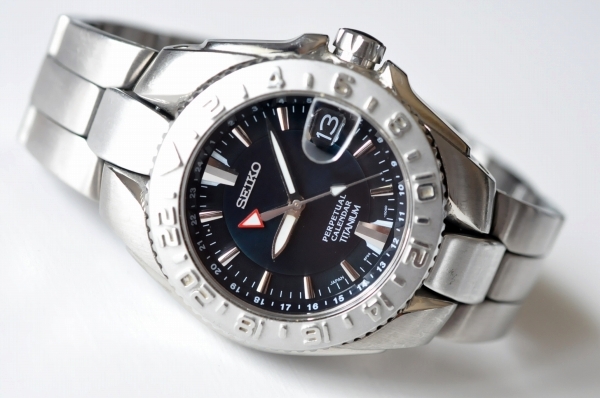
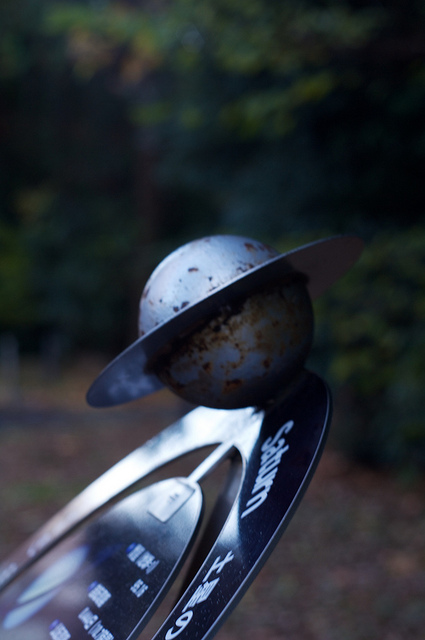

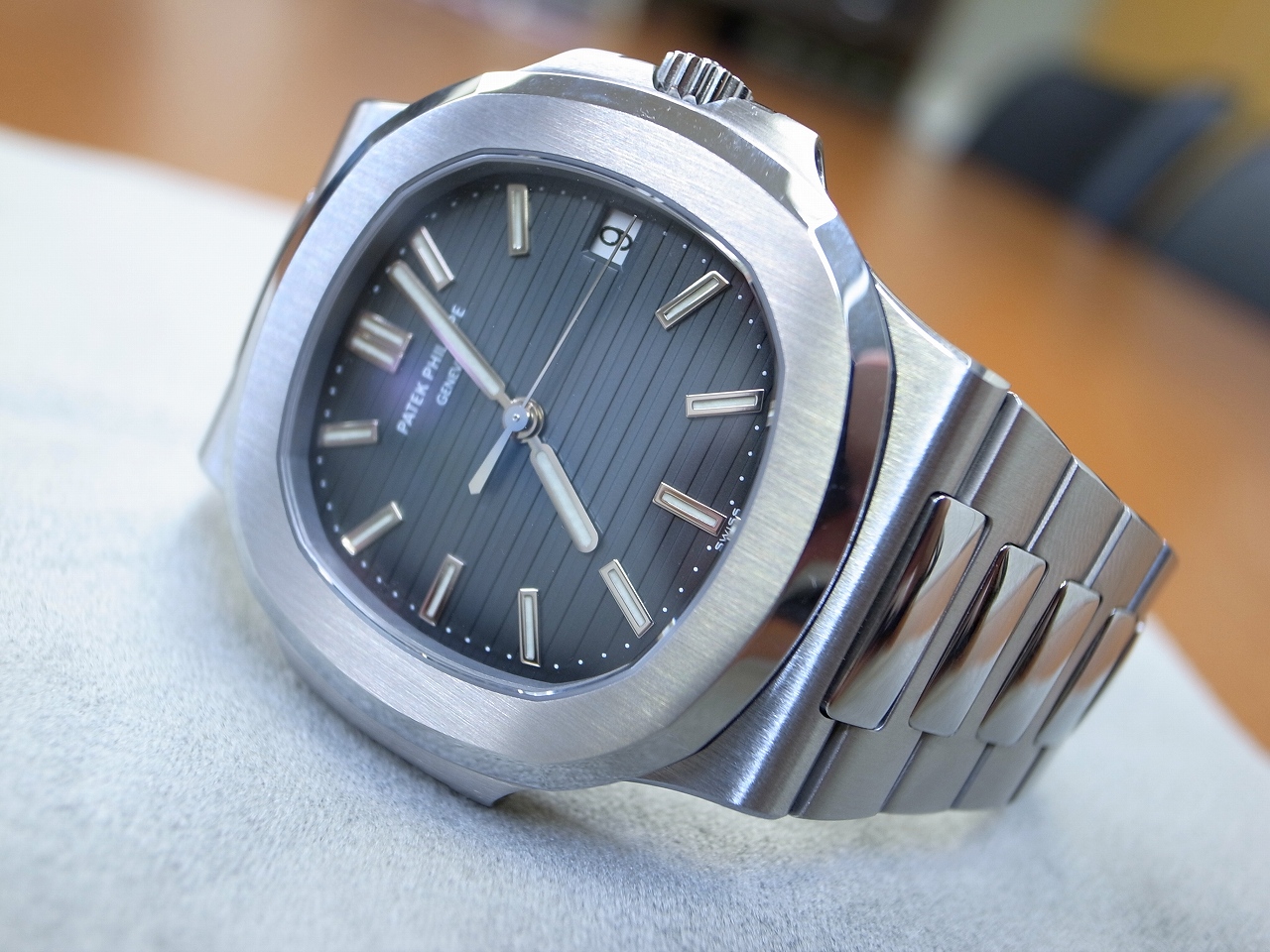
Fantastic article and accolades to a much deserved watch. I have owned this very watch as in the 2nd iteration of the 36mm and I found that it changed my view as to how a watch should fit. I can honestly say that I now find that 36-37mm is my so called sweet spot. As to the quality of the watch and the perceived attention to design and details, I must say that they are very much understated, as is the watch when on the wrist, but isn’t that what a watch should be, not loud and in your face but subtle.